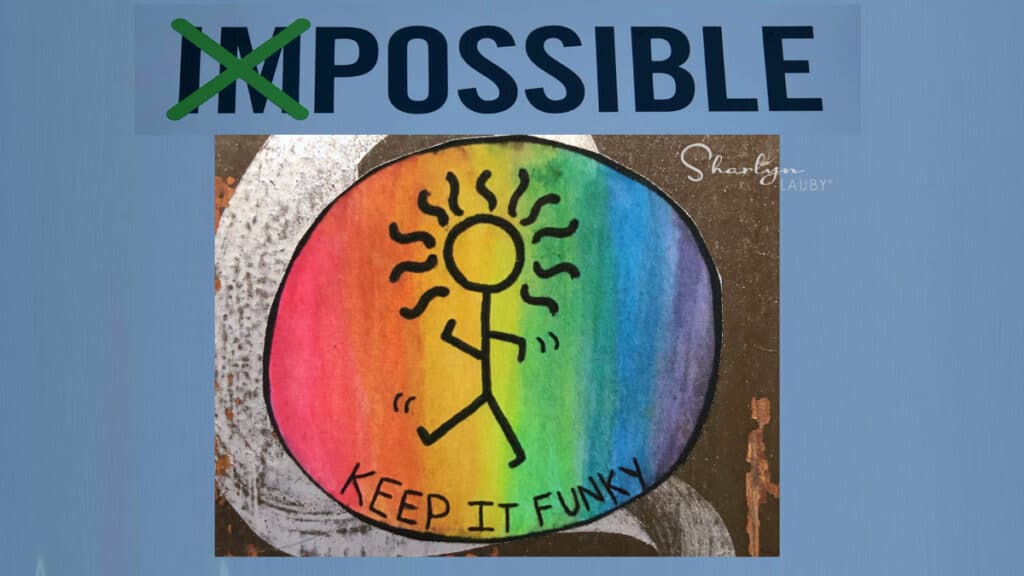Deliberate Practice: Make It Part of Your Professional Development

If there are any bright sides to sheltering-in-place, it’s been that we have time to learn new things. I’ve heard many of my friends talk about taking a massive open online course (MOOC) or attending a few more webinars than they usually do. Which is great. We should always try to carve out time to learn.
But Bloom’s Taxonomy tells us that we might not retain information if we simply read or listen to material without adding an element of practice. I know from experience that this is true when I try to learn a new language. Without someone to speak French with, retention fades over time.
During O.C. Tanner’s Influence Greatness conference a couple of years ago, I had the opportunity to hear Angela Duckworth talk about her book “Grit: The Power of Passion and Perseverance”. One of the concepts she shared was the notion of deliberate practice.
Duckworth drew a distinction between deliberate practice and what you might call “fun or casual” practice. That’s not to say that a casual practice isn’t valuable, but her point was that it’s not the same. Deliberate practice is hard. Here are the three steps to the deliberate practice process:
FOCUS. Deliberate practice involves focusing on a specific skill or subskill. For example, a sales professional might want to focus on presentation skills, which are a sub-skill of communication skills.
It’s important to be able to identify the sub-skill, the skill, and the reason you’re focusing on it. For instance, a manager might want to focus on writing skills because they’re a necessary part of the performance review process. Writing skills are a sub-skill of communication skills.
PRACTICE. This step involves being 100% focused on the skill or subskill. Let’s not sugar coat this one. Staying (deliberately!) focused is difficult in today’s technology driven world.
Some tips for staying focused while practicing might include budgeting time on your calendar to practice, turning off devices during practice time, and asking colleagues or family members not to interrupt you during your practice time.
FEEDBACK. Speaking of colleagues, this is the time to ask them for feedback. Whatever skill or sub-skill you’re practicing, my guess is that you’re hoping it’s making a positive impact. So, ask the question.
Be prepared to hear some suggestions and recommendations for improvement along the way. Take that information, reflect on it, and use it to refine your future deliberate practice sessions. This is how we learn in an effective and efficient way.
One of the reasons I like the deliberate practice approach is because we can use it individually and in a group setting. If your organization is doing any type of training program, you can create a wrap-up activity that asks each person to outline their deliberate practice. That way, when participants leave the training session, they have an actionable plan in place to practice. This is what brings value to training and ultimately the bottom-line.
Image captured by Sharlyn Lauby after the SAP Software Conference in Barcelona, Spain
18